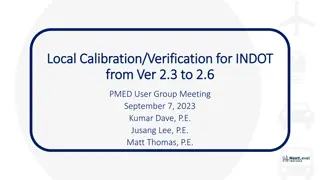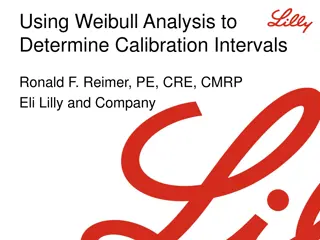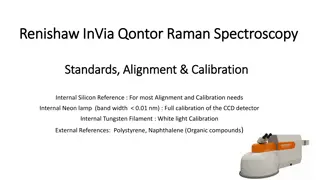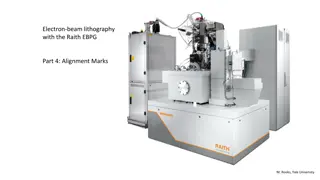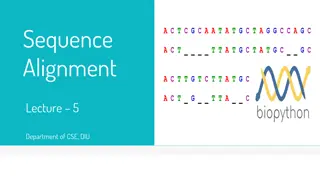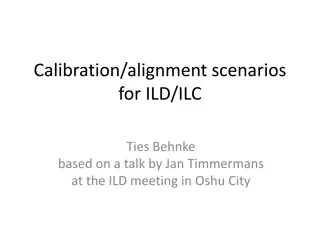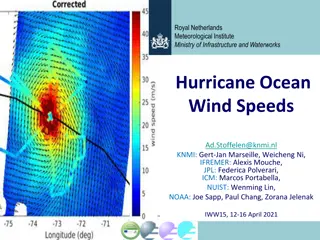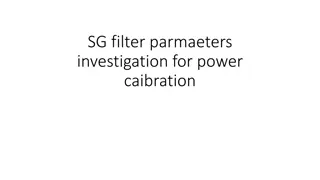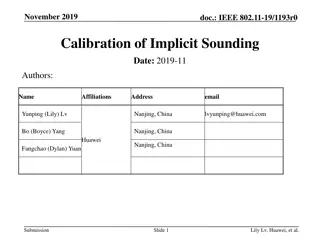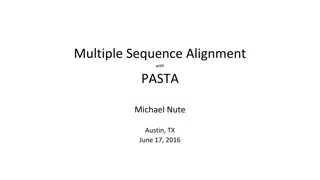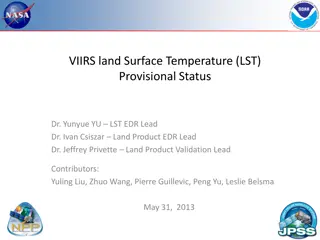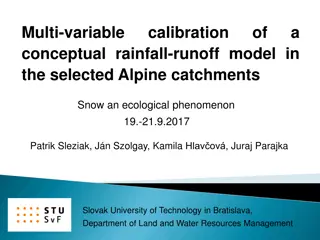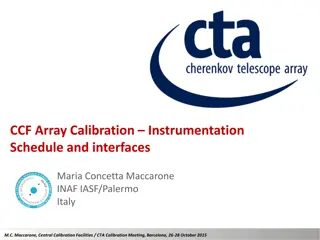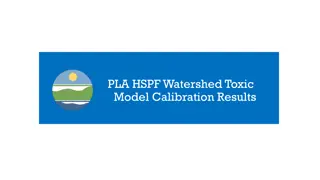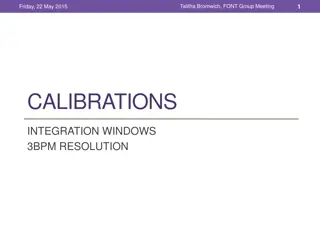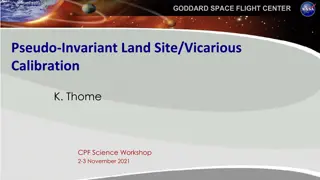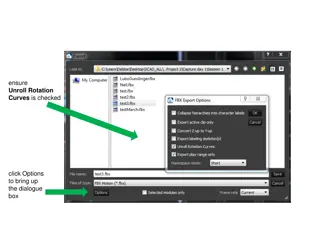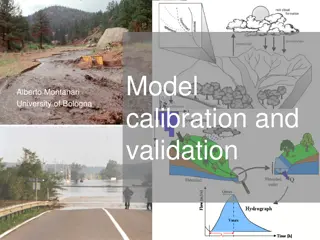Advanced CGEM Calibration and Alignment Techniques
Explore advanced calibration and alignment techniques in CGEM technology, including Lorentz angle correction, spatial resolution analysis, drift velocity computation, time-related calibration, and alignment methods. Learn about misalignment motivations and strategies to improve track reconstruction precision in experiments.
Download Presentation

Please find below an Image/Link to download the presentation.
The content on the website is provided AS IS for your information and personal use only. It may not be sold, licensed, or shared on other websites without obtaining consent from the author. Download presentation by click this link. If you encounter any issues during the download, it is possible that the publisher has removed the file from their server.
E N D
Presentation Transcript
outline Calibration Alignment
calibration Lorentz angle (?) Spatial resolution of single cluster (?) Drift velocity (?) Time related calibration
Lorentz angle (?) The angle between the drift line and the direction of electric field For correcting of the position of the cluster ? can be corrected by the shift of residual distribution (r = ?? ??)
Spatial resolution of single cluster (?) To provide measurement error of the cluster position which is used in the least square fit of the track Can be extracted from the residual distribution which is defined on the previous page As a function of layer entrance angle Cluster size
Drift velocity (?) Used in reconstruction and digitization in micro TPC readout mode v = s/t s: distance between cluster and the mid point of the track segment in drift region t: drift time
Time related calibration TTDC= TOEs+ Tflight+ Tdrift+ TOelec+ Tprop Used in both reconstruction and digitization in the case of micro TPC readout mode TOelecwill be calibrated strip by strip Tpropis a function as layer, z & type of the strip (x or v)
Alignment Motivation Alignment parameters Alignment methods Update of Geometry Service Test of misalignment
Motivation Misalignment Normal With misalignment (b) Ideal geometry (a) Misaligned geometry Residual Alignment -For improve the precision of track reconstruction and reduce the systemic uncertainties of experiment
Update of Geometry Service New classes was added: -StraightLine: to provide straight line track related calculations -CgemGeoAlign: to provide geometry calculations and conversions related to alignment -CgemMidDriftPlane: to provide calculations of the hit position
Test of misalignment x=0.2mm x=0.4mm x=0.6mm Translation of layer 1 in x Residual of dr (mm) Residual of phi0 Residual of tan Residual of dz (mm) translation in x direction causes the shift of dr reconstruction
Test of misalignment z=0.2mm z=0.4mm z=0.6mm Translation of layer3 in z Residual of dr (mm) Residual of phi0 Residual of tan Residual of dz (mm) translation in z direction causes the shift of dz reconstruction
Test of misalignment ??=0.001rad ??=0.002rad ??=0.003rad Rotation of layer 1 in z Residual of dr (mm) Residual of phi0 Residual of tan Residual of dz (mm) it seems there is little misalignment effect if layer1 is unaligned around z. the reason may be the layer 1 is in the inner region. next we will check the results if layer 3 is unaligned around z.


